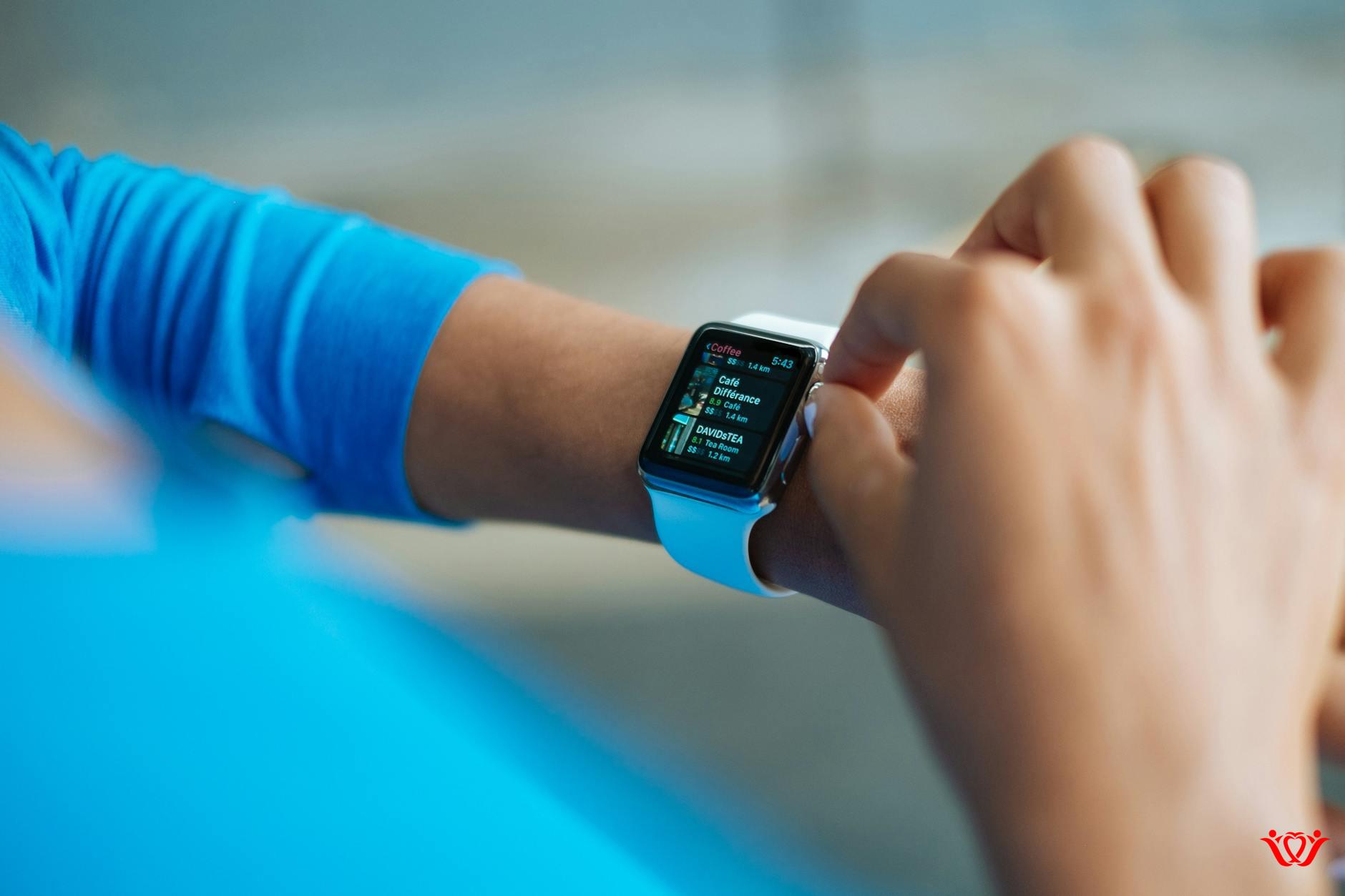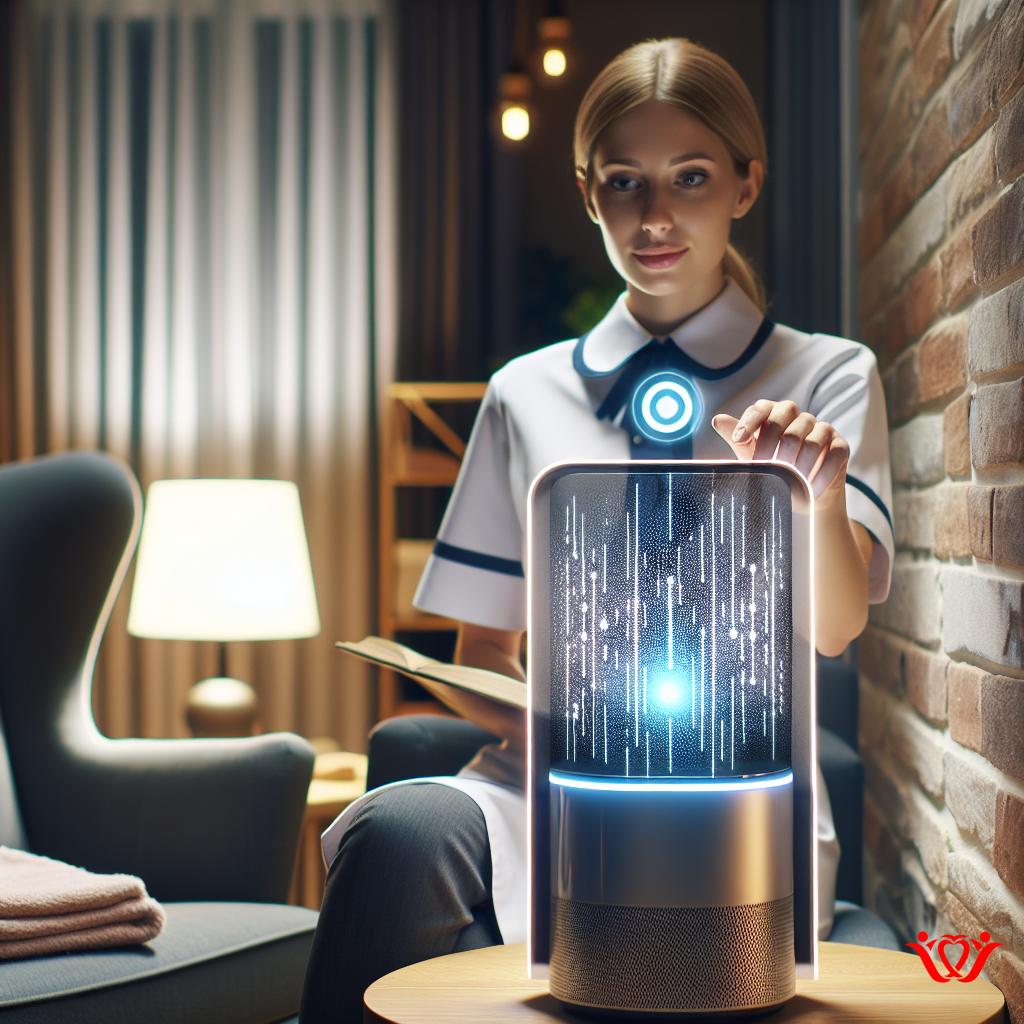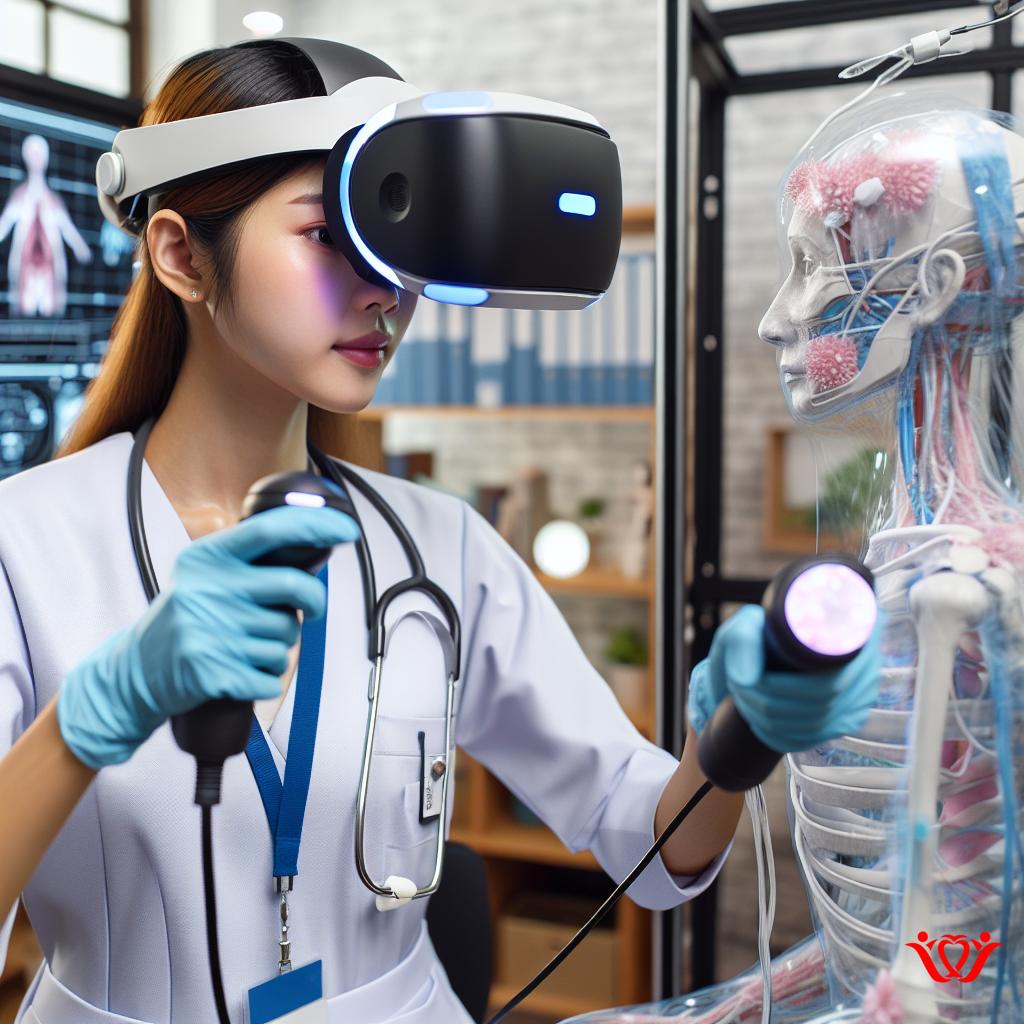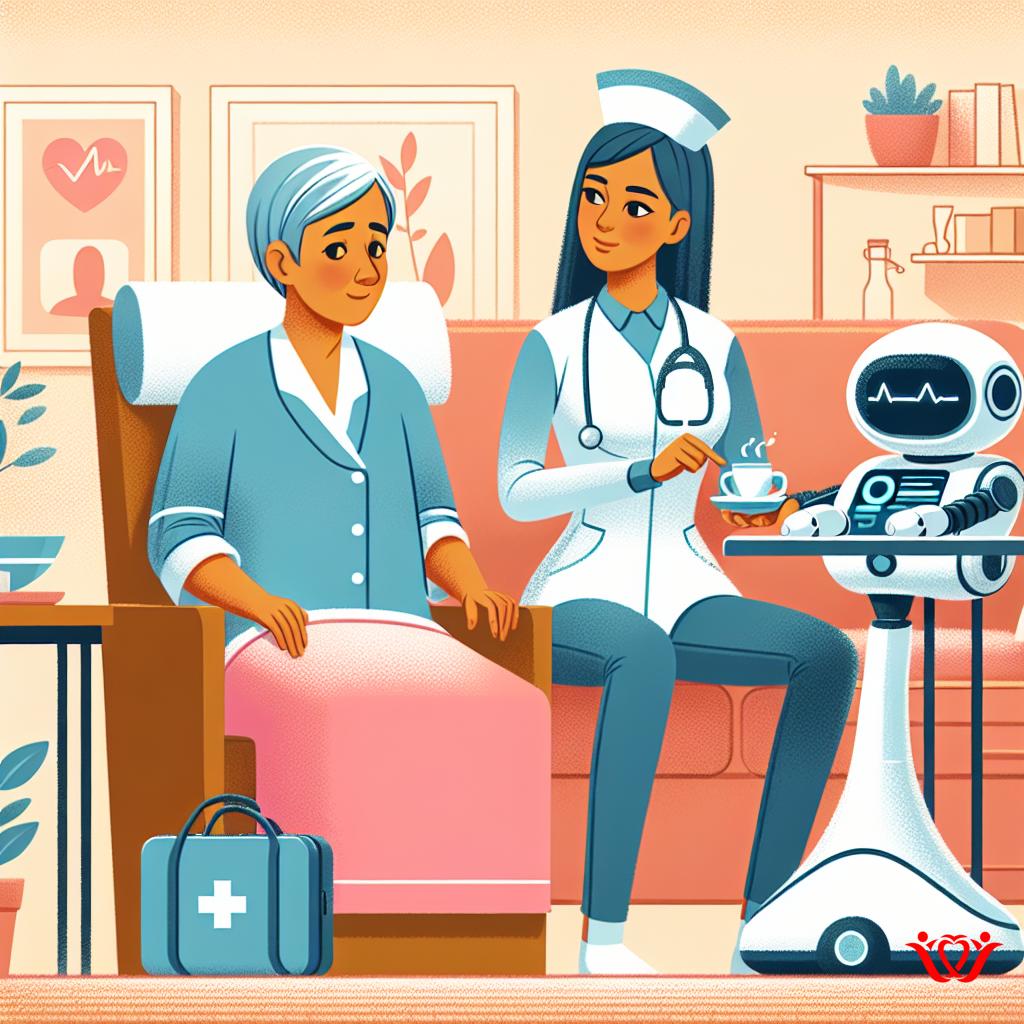
The fusion of technology and health care is transforming how we approach patient care, particularly within Home Health Agencies (HHAs). Wearable devices are at the forefront of this change, providing unprecedented levels of monitoring and data collection. In this article, we’ll explore how wearables are enhancing health care monitoring, offering insights that can improve patient outcomes and streamline operations for HHAs.
What Are Wearables in Health Care?
Wearables refer to electronic devices that can be worn on the body, such as smartwatches, fitness trackers, and specialized medical sensors. These devices collect data on various physiological metrics, helping health professionals monitor patient conditions in real time.
Types of Wearables Used in Health Care
- **Fitness Trackers:** Monitor general physical activity.
- **Smartwatches:** Provide features beyond timekeeping, such as heart rate monitoring.
- **Medical Sensors:** Track specific conditions like glucose levels or cardiac health.
Benefits of Wearables for HHAs
Wearables offer several advantages for HHAs, from improving patient care to optimizing operational efficiency.
Enhanced Patient Monitoring
Wearables enable continuous monitoring of patient health metrics, such as heart rate, blood pressure, and sleep patterns. This helps clinicians detect potential health issues early and adjust treatment plans accordingly.
Data-Driven Insights
The data collected by wearables can be analyzed to gain insights into patient health trends. This information empowers health professionals to make informed decisions about care strategies.
Improved Patient Engagement
Many wearable devices come with user-friendly interfaces and apps that allow patients to monitor their own health metrics. This encourages patients to take an active role in managing their health, leading to improved outcomes.
Cost Efficiency
By reducing the need for frequent in-person visits, wearables can help lower operational costs for HHAs. Remote monitoring allows health professionals to allocate resources more effectively, focusing on patients who need immediate attention.
Challenges and Considerations
Despite their benefits, wearables in health care come with challenges that need to be addressed to maximize their effectiveness.
Data Security and Privacy
Ensuring the security and privacy of patient data is paramount. HHAs must implement robust data protection measures to safeguard sensitive health information.
Device Accuracy and Reliability
The accuracy of wearable devices can vary, affecting the reliability of data collected. It’s essential for HHAs to choose devices with proven track records and to understand the limitations of each device.
Integration with Existing Systems
Integrating wearable technology with existing health care systems can be complex. HHAs should work with technology providers to ensure seamless data sharing and system compatibility.
The Future of Wearables in Health Care
The future of wearables in health care is promising, with ongoing advancements pointing towards increasingly personalized and precise medical care.
AI and Machine Learning
Artificial intelligence and machine learning are expected to play a significant role in analyzing data collected from wearables. These technologies can enhance predictive analytics, helping health professionals foresee and prevent potential health issues.
Expanded Capabilities
As technology evolves, we can expect wearables to expand their capabilities, offering more comprehensive health monitoring options. This includes monitoring for chronic conditions and customizing alerts based on individual patient profiles.
Conclusion
The integration of wearables into home health care is shaping a new era of patient monitoring. HHAs that adapt to this technological evolution stand to offer better patient care and increase operational efficiency. As we look forward to future innovations, collaboration between health care providers, technology developers, and patients will be key in harnessing the full potential of wearables.









0 Comments